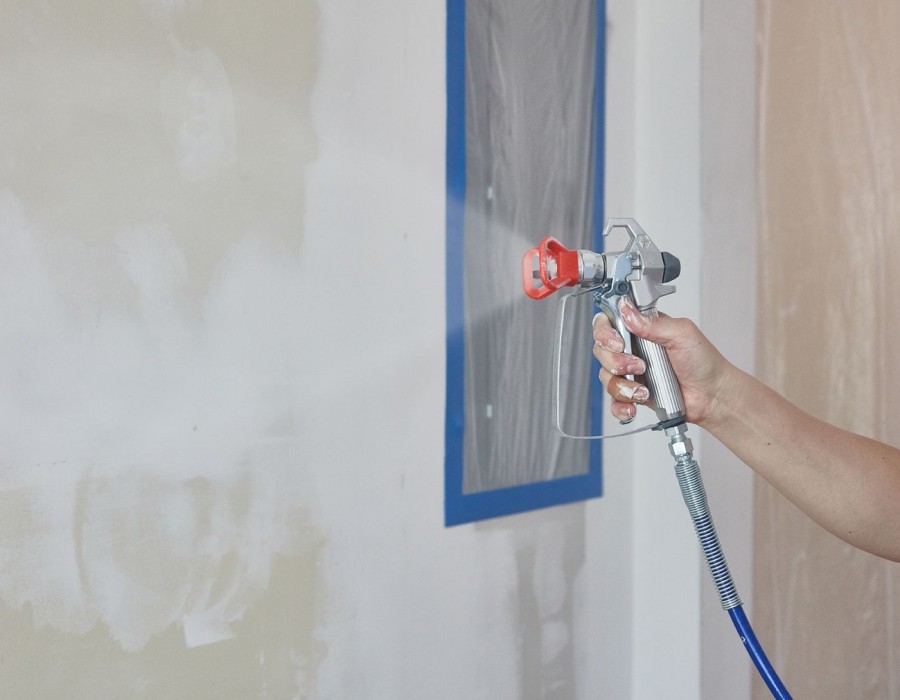When it comes to painting, getting perfect finishes and effective application are crucial. While they work well in some situations, traditional techniques like rolling and brushing sometimes fall short when applied to complex surfaces or large-scale projects. This is where spray painting equipment really shines, providing a plethora of advantages that improve the effectiveness and caliber of painting projects in a wide range of sectors and uses.
Efficiency Redefined
One of the primary advantages of spray painting equipment lies in its ability to revolutionize efficiency in the painting process. Unlike traditional methods that require time-consuming manual application, spray painting equipment enables rapid and uniform coverage with minimal effort. With a high-pressure spray mechanism, painters can effortlessly coat large areas in significantly less time, thereby boosting productivity and reducing labor costs.
Uniformity and Consistency
Consistency is key in achieving professional-grade paint finishes, and spray painting equipment excels in this aspect. By delivering a controlled and uniform spray pattern, these tools ensure even coverage across surfaces, eliminating unsightly streaks, brush marks, or blotches often associated with manual painting methods. This uniformity not only enhances the aesthetic appeal of the finished product but also minimizes the need for touch-ups or rework, saving both time and resources.
Versatility Across Applications
From automotive refinishing and furniture restoration to industrial coatings and architectural finishes, spray painting equipment proves its versatility across a myriad of applications. Whether it's metal, wood, plastic, or concrete surfaces, these tools adapt seamlessly to diverse substrates, offering a one-stop solution for all painting needs. Such versatility makes spray painting equipment indispensable in various industries, catering to a wide range of projects with unmatched precision and efficiency.
Precision and Control
Modern spray painting equipment provides painters with unparalleled precision and control over the painting process. With adjustable spray patterns, paint flow rates, and air pressure levels, users can fine-tune their settings to achieve intricate details, sharp lines, and consistent results even on complex surfaces. This precision not only enhances the overall quality of the finish but also empowers painters to tackle challenging projects with confidence and ease.
Reduced Waste and Environmental Impact
In addition to its efficiency and precision, spray painting equipment minimizes paint wastage and environmental impact. By delivering paint directly onto the surface without excess dripping or spillage, these tools ensure optimal utilization of resources, reducing material costs and environmental footprint. Moreover, advanced spray painting systems are compatible with a wide range of paint formulations, including water-based options that adhere to stringent environmental regulations, further contributing to sustainability efforts.
In conclusion, the importance of spray painting equipment cannot be overstated in the realm of painting. From enhancing efficiency and uniformity to providing precision and versatility across applications, these tools revolutionize the way we approach painting projects. Whether in automotive workshops, industrial facilities, or residential settings, spray painting equipment serves as a catalyst for achieving professional-grade finishes with unmatched speed, accuracy, and quality. As industries continue to evolve, embracing the capabilities of spray painting equipment is not just a choice but a necessity for staying ahead in today's competitive landscape.





Comments